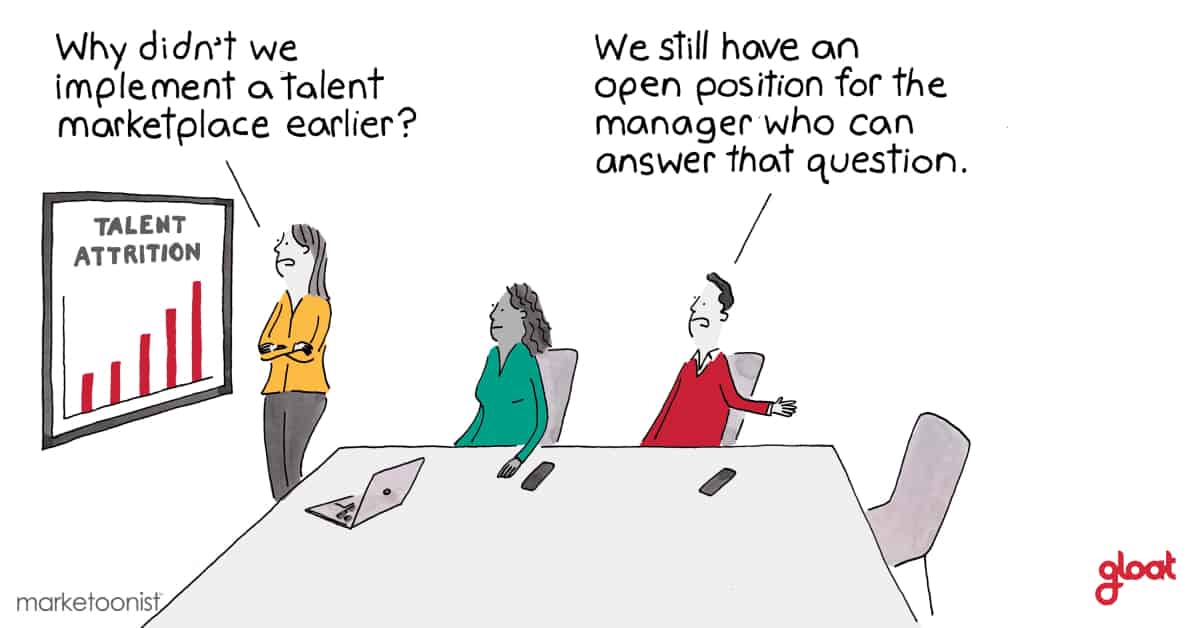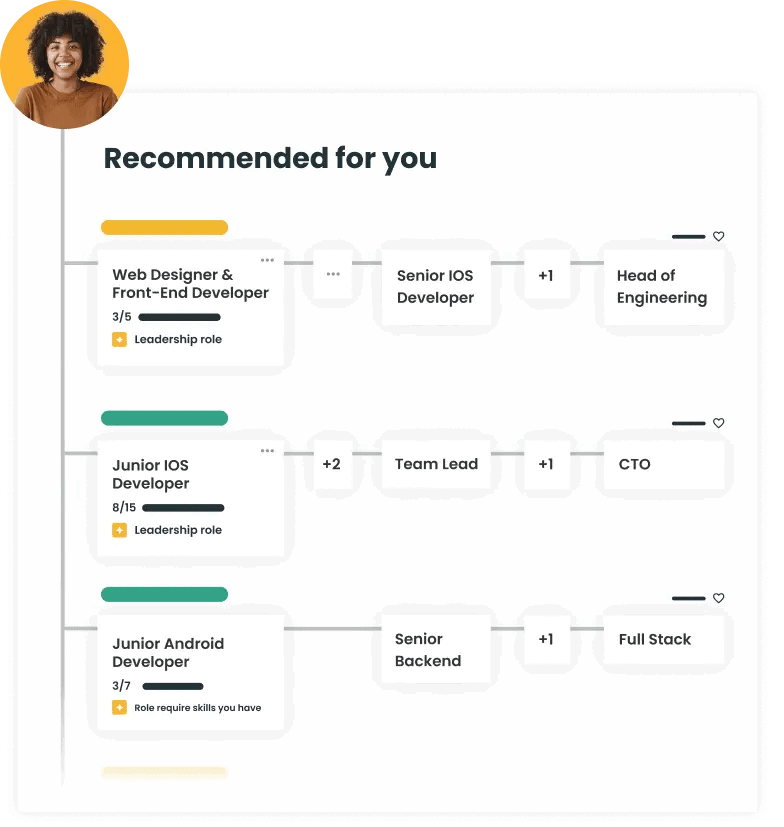Why your talent marketplace launch can’t wait until next year. Hint: your talent won’t.
You can’t afford to put internal mobility on the back burner. Here’s why:

HR and business leaders have a lot on their plates, but you already know that. From tackling workplace burnout to promoting diversity and inclusion to recalibrating operating models, their agendas are packed with mission-critical tasks that can’t be ignored.
With so many balls in the air, it seems almost inevitable that something will slip through the cracks. And the truth is that even a few years ago, there would be no way to solve each of these challenges simultaneously. Here’s what you might not know: the rise of the talent marketplace means you no longer have to pick and choose how you’re going to move the needle. By increasing the visibility of skills and breaking down barriers, this disruptive technology enables leaders to reimagine every element of their work and workforces.
Although adding a technology launch to your to-do list might sound counterintuitive, in the long run, implementing a talent marketplace is the only way to efficiently tackle every item on your agenda. And if you think simply putting it onto your 2023 roadmap will do the trick, it’s time to think again. So why is launching a talent marketplace something that you can’t afford to delay?
The clock for skill-building is ticking
The race to build future-fit skills is on. The World Economic Forum predicts 50% of the workforce will need to upskill by 2025, but only about one in two leaders have a plan to upskill or reskill their employees.
The longer you keep your skills initiative on the back burner, the wider the knowledge gaps within your business will stretch. To add to the challenge, skill-building isn’t something you can check off of your to-do list once; since business priorities are rapidly—and constantly— evolving, the skills your workforce needs are going to be a moving target.
Consequently, you need to take a dynamic approach to developing new competencies, which is exactly where a talent marketplace comes into play. Such platforms create a 360-degree view of workforce skills so that you can see which competencies are trending, and identify the knowledge gaps they need to bridge. As your workforce evolves and your priorities change, your talent marketplace’s skills management console will ensure you have the insights needed to outpace your competitors in the race to upskill.
The new war for talent is heating up
In case you missed it, the Great Resignation isn’t over. In fact, the turnover surge shows no signs of slowing down in 2022, as our own research revealed that nearly 50% of employees plan to look for new roles in the new year.
If you want to hold on to the talent you’ll need to thrive in your next chapter, you must understand what they’re looking for right now. Namely, it’s about access to opportunities and empowering your people to play a greater role in their professional progression. Currently, many workers think their employers have a long way to go, as evidenced by the fact nearly two-thirds of employees believe that the opportunities outside of their organization are better than those within it.
Talent marketplaces are one of the best ways to turn those beliefs upside down. The platforms increase transparency so employees can see all of the opportunities available to them within their organization, in turn empowering them to take charge of their professional evolution. New talent marketplace offerings like career pathing even showcase a handful of different directions that employees’ careers can take, as well as the skills they’ll need to acquire to achieve their professional goals.
Employees want to see actions, not words
We’re at a critical moment for diversity, equity, inclusion, and belonging (DEIB) initiatives. After a year of cultural reckoning, people are demanding more than scorecards and statements; they want to see their employers step up and take action to drive lasting change. More than two in three employees think it is very important that their organizations’ values align with their own and nearly three-quarters of workers would consider leaving their jobs for a more inclusive employer.
While stakeholders want to see their businesses leading the way, many are unsure about what it takes to move the needle. Talent marketplaces have emerged as one of the most powerful tools because they provide unparalleled visibility, allowing leaders to look beyond the employees directly in front of them and start seeing all people for their potential and interests. By equalizing access to learning and development opportunities, the platforms also help executives plant the seeds for more equitable promotions and a more diverse generation of future leaders.
The window of opportunity is closing
As our VP of Insights and Impact, Jeff Schwartz, explains, “Right now, we’ve all been presented with a small window of opportunity to fundamentally reconfigure the workplace so that it can act in ways that are both responsive and proactive. We can’t retreat into organizational boundaries; instead, we must work beyond those confines to build new ways of working that will solve new problems.”
In the midst of COVID-19, leaders need to build on the momentum and resilience discovered in this pandemic and channel this same sense of urgency to meet the emerging challenges that will define our next chapter. Agility will once again be the differentiating factor that determines which businesses thrive in the new world of work. And when it comes to fueling more dynamic ways of working, talent marketplaces up agility in a way that no other technology can.
A talent marketplace breaks down barriers, showcasing all of the talents within a workforce. This allows leaders to deploy the talent and skills needed to meet new challenges as they arise. In short, talent marketplaces let you spend less time administrating and more time executing.
Today, many leaders are looking back and asking themselves why they didn’t implement game-changing technology sooner. A year from now, many more will do the same, when it’s possibly too late for their organizations to remain competitive. But many others will be gazing into the future, excited about the milestones that are now within reach because they’ve unlocked more dynamic ways of working. It’s the choices leaders make today that will determine which of these two outcomes becomes their business’s next reality.






